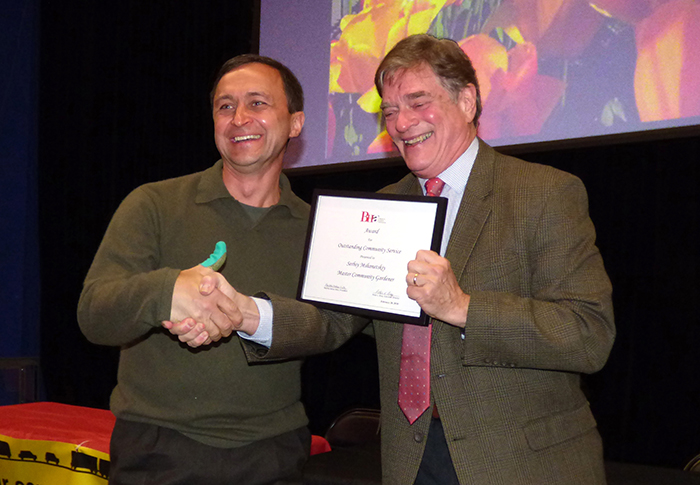Repairs to Brooklyn Heights BQE & Promenade hit home at BHA Annual Meeting
Waterfront tunnel not option, dire local traffic scene feared; Bus trip to lobby Albany

NYC Department of Transportation Deputy Commissioner and Chief Bridge Officer Robert Collyer was the featured speaker at the Brooklyn Heights Association (BHA) Annual Meeting Wednesday night at St. Francis College.
A near-capacity crowd filled Founders Hall to hear the latest on the upcoming reconstruction of Brooklyn-Queens Expressway (BQE) and other news of interest to residents of Brooklyn Heights.
The BQE’s disintegrating 1.5 mile stretch between Atlantic Avenue and Sands Street includes a series of 21 concrete and steel bridges over local roads, along with the complex “triple cantilever,” which stacks two roadways above Furman Street beneath the Brooklyn Heights Promenade.

Brooklyn Heights
View MoreRead the Brooklyn Height's Press and Cobble Hill News. Find out more about Brooklyn Height's History here.